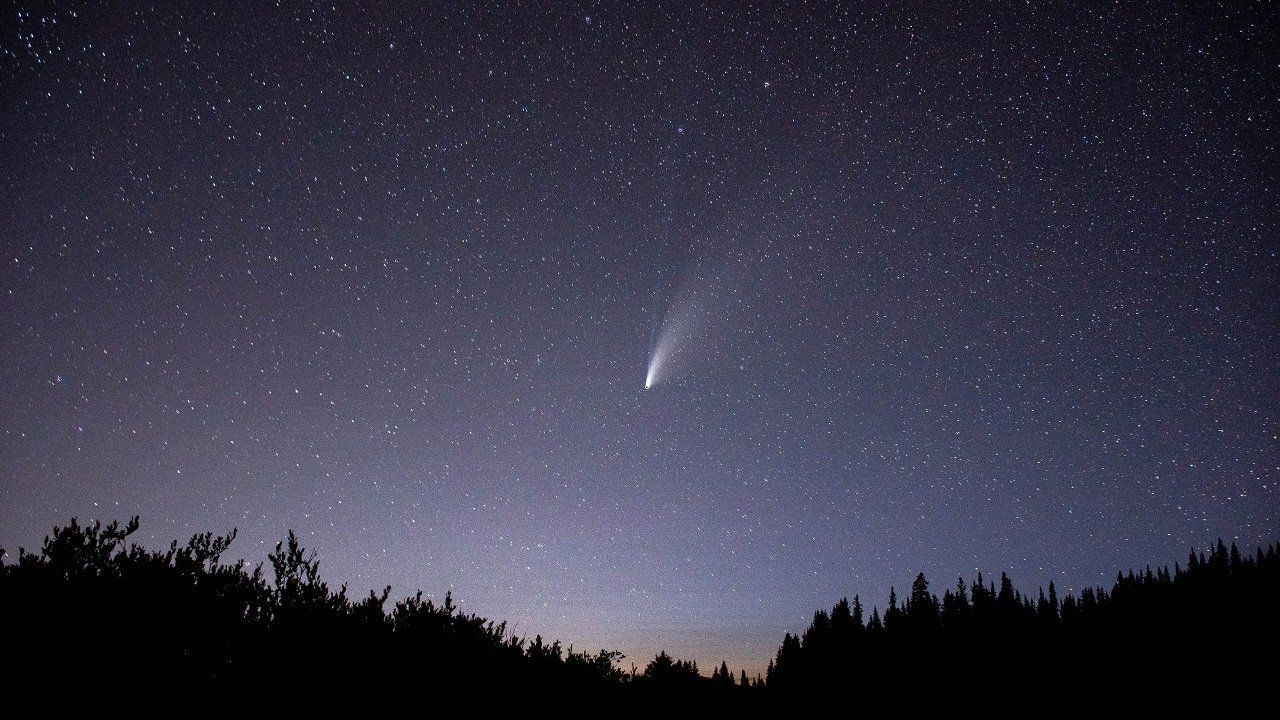Rosetta comet probe completes "ingredients for life" bingo card
Scientists have discovered the final chemical building block of life on a comet, furthering the idea that our life all came from space.

Your parents probably gave you an awkward version of how to create life while sitting next to you on your bed avoiding eye contact back in the day.
When it comes to the Earth, it’s a little different. Rather than two people who love each other, very much, creating life is all about six chemical elements.
Carbon, hydrogen, nitrogen, oxygen, phosphorus and sulfur (affectionately named CHNOPS, which I like to pronounce a bit like “schnapps”) are the building blocks of biological life on our planet.
Compared to our celestial neighbours, the Earth is surprisingly well equipped in these elements. Some are common as mud in the universe, looking at you hydrogen, but others are much harder to come by like phosphorus.
As New Atlas explains, scientists have been discovering some of these elements in asteroids and other space junk using tools like the Rosetta space probe. It’s largely believed the Earth got lucky with these concoctions by being peppered with them and protoplanets in the before times.
Sulphur eluded us for a while, until a chemical analysis of a comet revealed that it had sulphur gasses which, while interesting to know about, would also be damn stinky. Much like Uranus.
But we were still short on some phosphorus. Which also happens to be the name of your bird companion in the wonderful Immortals: Fenyx Rising game I’m currently playing.
Because the name Fenyx was already taken. By you. And not the actual literal Phoenix. It’s fine.
Much like how having a kick ass bird to rain fire down on your enemies can help when battling a cyclops, phosphorus is thought to be very helpful to creating life. It appears to be integral to allowing our cells to hold and use energy, and it’s certainly not some trashy universe commoner (*cough*hydrogen*cough*).
But once again the Rosetta probe comes to the rescue. Researchers at the University of Turku in Finland found phosphorus (not the bird) after analyzing dust particles the Rosetta collected.
This is like getting a bingo on the building blocks of life and goes to further strengthen the argument that life on Earth may well be thanks to things crashing into it.
It sounds a bit unceremonious, but to me it’s just further evidence that we all really are truly made of star stuff.
Byteside Newsletter
Join the newsletter to receive the latest updates in your inbox.
